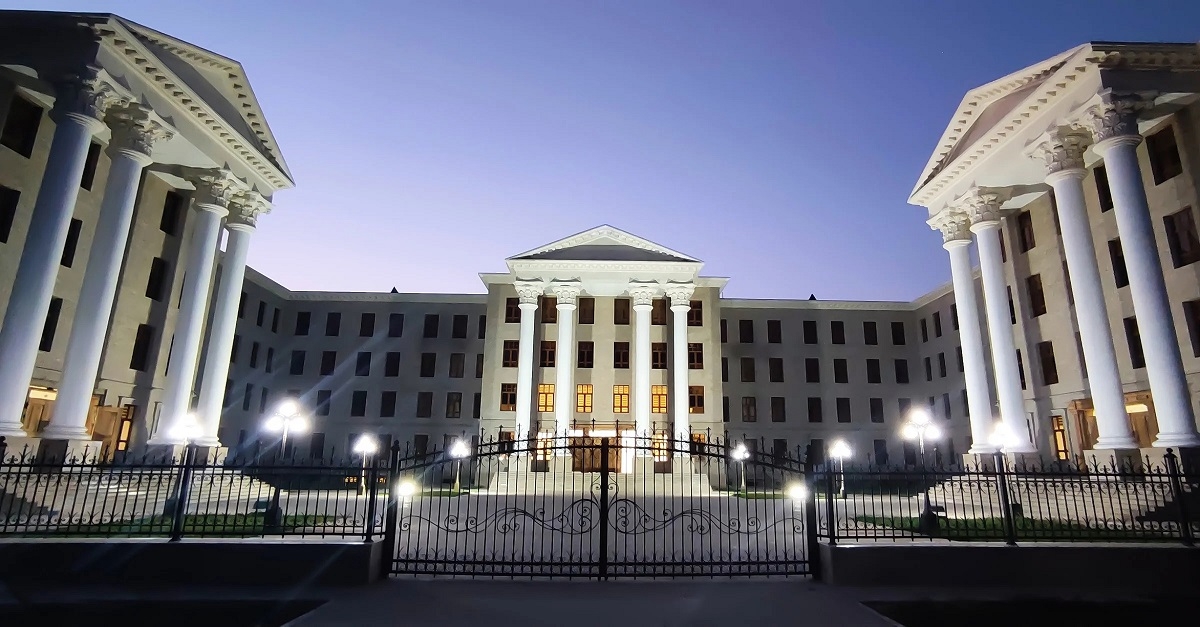Samarkand State Medical University's Sustainability and Climate Action Plan 2021-2026, which contains ambitious goals and detailed measures to achieve them, is now finalized and ready for implementation.
The five-year plan is the result of a lengthy public process conducted by Samarkand State Medical University's Facilities Design Team with the involvement of a wide range of stakeholders.
A survey was conducted in 2019 to determine the level of community understanding and interest in sustainability and climate change. After several community meetings, a group of more than 40 people representing various departments of the institution and students was formed and worked for about a year to develop a five-year plan.
OBJECTIVE
By leading and innovating in education, research, health care delivery, and community services, we improve the health and well-being of our diverse communities in Samarkand and around the world.
DEFINITION OF SUSTAINABILITY
Samarkand State Medical University defines sustainability in an inclusive and integrated way. The Association for the Advancement of Sustainability in Higher Education (AASHE) defines sustainability as "human and environmental health, social justice, sustainable livelihoods, and a better planet for all generations." Sustainable practices to address Samarkand State Medical University's impact on environmental, social and economic issues are included in this commitment.
CONCEPT OF SUSTAINABLE DEVELOPMENT AND CLIMATE CHANGE ACTION
Samarkand State Medical University, through its educational and research activities, contributes to the well-being of all people in the country and in the world by providing medical education and research to enhance sustainability, mitigate climate change, and conserve resources for future generations.
The plan has four areas of focus:
Transportation
Buildings and Energy
Land and water management
Materials and Resource Management
Each area has a list of specific measures to help them achieve their five-year goals. For example, Samarkand State Medical University plans to halve emissions from vehicles used on the university campus. In addition, reducing emissions from commuting to the university is an issue in the area. Since this is a research university with a clinical component, the plan includes continuing to develop an energy metering and verification program for individual buildings, as well as increasing energy conservation and efficiency throughout the facilities. In terms of materials and resource management, the campus will reduce the amount of solid waste generated by 20%.
Samarkand State Medical University is working with its partners, a consulting group aimed at helping higher education and health care organizations mitigate climate change, to assist in the planning process. Our partners assist us in developing and implementing strategies to save energy and reduce greenhouse gas emissions into the atmosphere.




